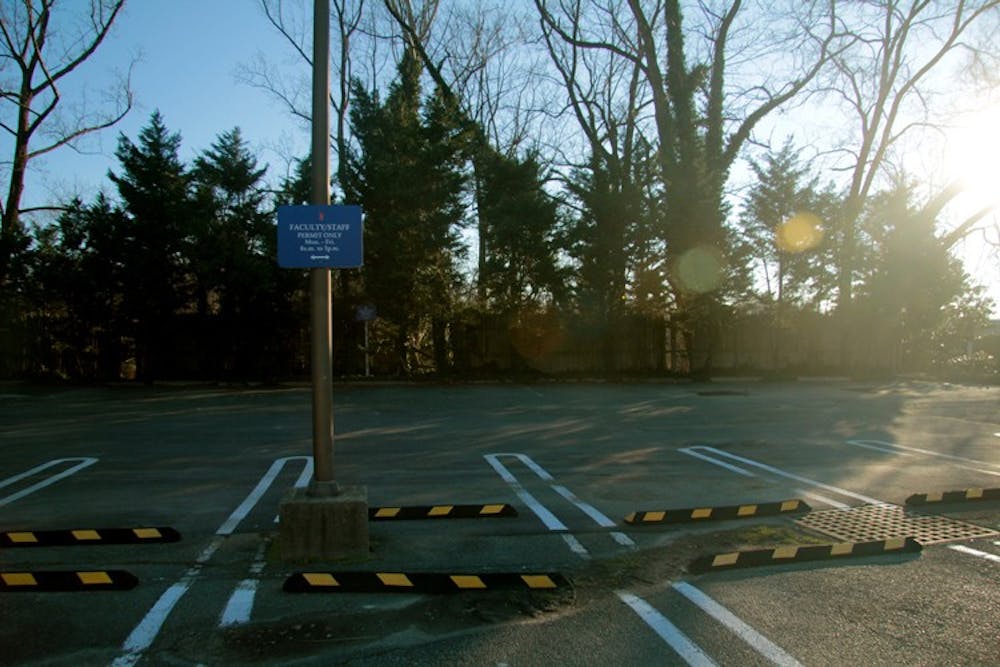The U.S. Army Corps of Engineers announced it will release an updated report about the progress of World War I munitions cleanup around AU and Spring Valley on March 10.
The announcement comes after two decades of contamination cleanup efforts on AU property and in the surrounding neighborhood. The Remedial Investigation Report will detail the potential environmental risks across the cleanup project site, which includes the Spring Valley neighborhood.
The report is part of a regulatory process overseen by the Environmental Protection Agency and D.C. District Department of the Environment to determine if more cleanup efforts are required, according to Andrea Takash, a spokesperson for the U.S. Army Corps segment that is overseeing the cleanup.
“Every other month, we hold Restoration Advisory Board meetings which are open to the public and get a good attendance,” Takash said. “We have been talking about this remedial investigation report for over a year. What is new is there are about 100 properties that this report will identify as properties that [the U.S. Army Corps] will want to look at further.”
During the most recent Spring Valley Restoration Advisory Board, the U.S. Army Corps presented an overview of the March 10 report.
The sites of former weapons usage and disposal, the U.S. Army Corps has determined, need further evaluation about potential contamination or buried munitions, according to Takash.
Among the properties that will be examined and included in the remedial report are portions of the AU campus near Kreeger and Watkins Halls.
The March 10 report will include overview of the project, analysis on findings and future plans and expectations for cleanup, as well as updated evaluation about the AU sites. The properties identified for further evaluation will be notified and informed before the report is released to the public.
During World War I, AU was used as a testing site for military weapons including ammunition, chemical weapons and other weapon paraphernalia. After the war, land which now includes portions of AU and extends to the adjacent Spring Valley neighborhood was used to bury hazardous materials and remaining munitions, the Eagle previously reported.
Over the course of the 20-year cleanup efforts, the U.S. Army Corps of Engineers has held public meetings to discuss progress and analysis of contamination and waste removal across the 660 acres, according to Takash.
David Taylor, University president Neil Kerwin’s Chief of Staff, said it is too early to determine AU’s response to the report, but campus safety and cooperation with the U.S. Army Corps of Engineers are priorities.
“After thoroughly reviewing the report [in March] and getting input from the other parties/partners, AU's response will be based on its commitment to the health and safety of students, faculty, staff, and applying the best environmental health science. Everything at this stage is extremely preliminary,” Taylor said by email.





